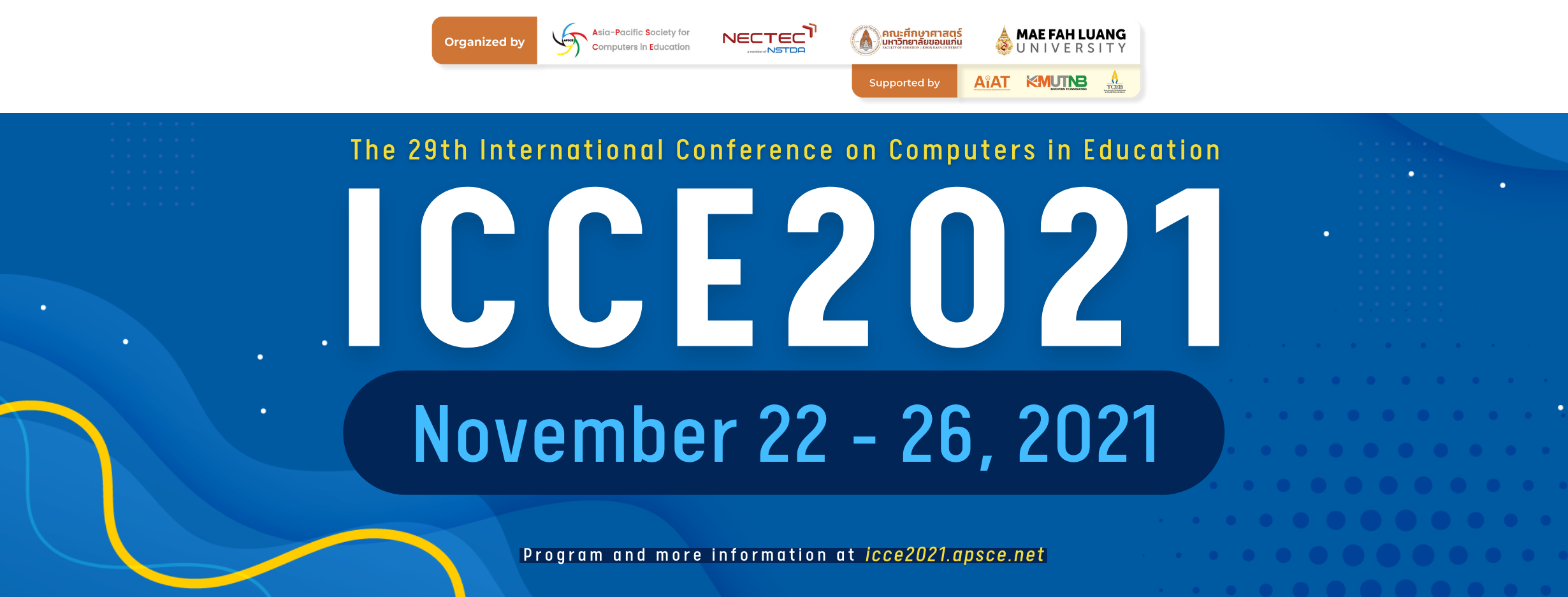The Design Process of STEM Learning Activities for Problem-Solving on the PM 2.5 Mask: The Case of Primary School in Thailand
Abstract
The research purpose of this study is to explain how to develop the competence of problem-solving that integrates comprehensive knowledge and skills in science, mathematics, and technology. The actions were outlined, emphasizing engineering design and the learning process model in the class activities regarding the PM 2.5 protector mask. This study is based on self-study and reflective practices to classroom-based research; particularly, author investigated the subjects through the teaching records and the assessments of problem-solving test form participants. Qualitative data were analyzed by using inductive methods such as grouping, comparison, and conclusion. In this research, learning activities were schemed into six program plans. Each plan represented a step in the engineering design process; additionally, it carried out activities with an inquiry process. The results show that students can solve the problems well within tasks to create PM 2.5 dust masks. Step by step, the applicable practices with the engineering design process that converged existing knowledge and new knowledge, which consists of Science, Mathematics, and Technology Ability, yielded effective results. Significantly, the students, who progressively solved the problems in the class, showed high-potential development of good cooperation and communication skills.Downloads
Download data is not yet available.
Downloads
Published
2021-11-22
Conference Proceedings Volume
Section
Articles
How to Cite
The Design Process of STEM Learning Activities for Problem-Solving on the PM 2.5 Mask: The Case of Primary School in Thailand. (2021). International Conference on Computers in Education. https://library.apsce.net/index.php/ICCE/article/view/4245


